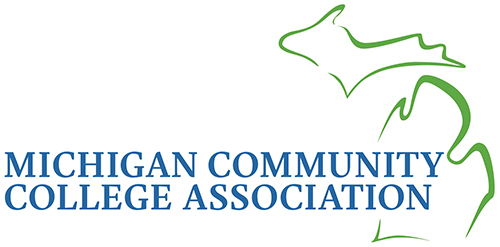- Despite billions in new funding, most Michigan students are scoring worse in reading and math than a decade ago
- Staffing rose in 75% of districts, yet enrollment dropped in 73% and proficiency among 3rd-8th graders fell in most
- Declines hit all types of districts — urban, rural, and suburban — including Troy, Utica, Alpena, Jackson and Lansing
In the past decade, Michigan increased spending to K-12 public education by $2.1 billion but the results have been poor to mixed, with students statewide scoring worse than they had prior to the coronavirus pandemic.
It’s led to consternation among statewide leaders looking to boost the state’s fortunes by improving the quality of education.
But they face a widespread set of challenges: Although staffing is up in many districts, enrollment and scores are down in many as well.
Michigan education crisis
Despite more money, more staffing and years of attempted reforms, Michigan schools are sliding farther behind other states in key educational outcomes. One Michigan education leader called it a “moment of reckoning,” and many candidates who have announced plans to run for governor in 2026 are making education reform a key to their campaigns.
Throughout 2025, Bridge Michigan will chronicle how we reached this crisis point, the impact of our learning slide, and what we can learn from other states.
- Three-quarters of Michigan school districts have added staff over the past decade, with many of the hires boosted by increased state and federal funding.
- Those additional staffers are working with fewer students — enrollment is down, from 2014 to 2023, in 73% of districts.
- Yet proficiency rates for 3rd-8th graders have fallen in 83% of districts in English and 63% of districts in math.
This is not just a problem in poor urban districts but in suburban, rural and urban districts.
Enrollment and scores are down while staff is up in the Troy, Utica, Portage and Grand Blanc school districts, to name a few, as well as Lansing, Alpena, Mount Pleasant, Howell, West Bloomfield, Jackson and Fraser.
Bridge Michigan has highlighted how Michigan has slipped markedly on national aptitude tests, falling behind states that have more poverty, less money and even longer-lasting COVID restrictions.
The decline comes 10 years after state education leaders set a goal in 2015 to make Michigan a top 10 state for education by 2025.
Related:
- Michigan spent big to fix schools. The result: Worse scores and plenty of blame
- Fact check: What’s true, false, misleading about Michigan’s education slide
- Mississippi turned around its schools. Its secret: Tools Michigan abandoned
- Here’s how governor candidates say they’d fix Michigan education
- Michigan schools on hiring spree. Can it reverse ‘Titanic’ learning losses?
Since the pandemic, Michigan ranks 17th in recovery of math skills and 44th in recovery of reading skills. Students remain nearly three-quarters of a grade, on average, behind in reading compared to peers in 2019.
You can use the following chart to see how districts compare on enrollment, staffing, proficiency and chronic absenteeism. You can use the search field to find a district or a county.




